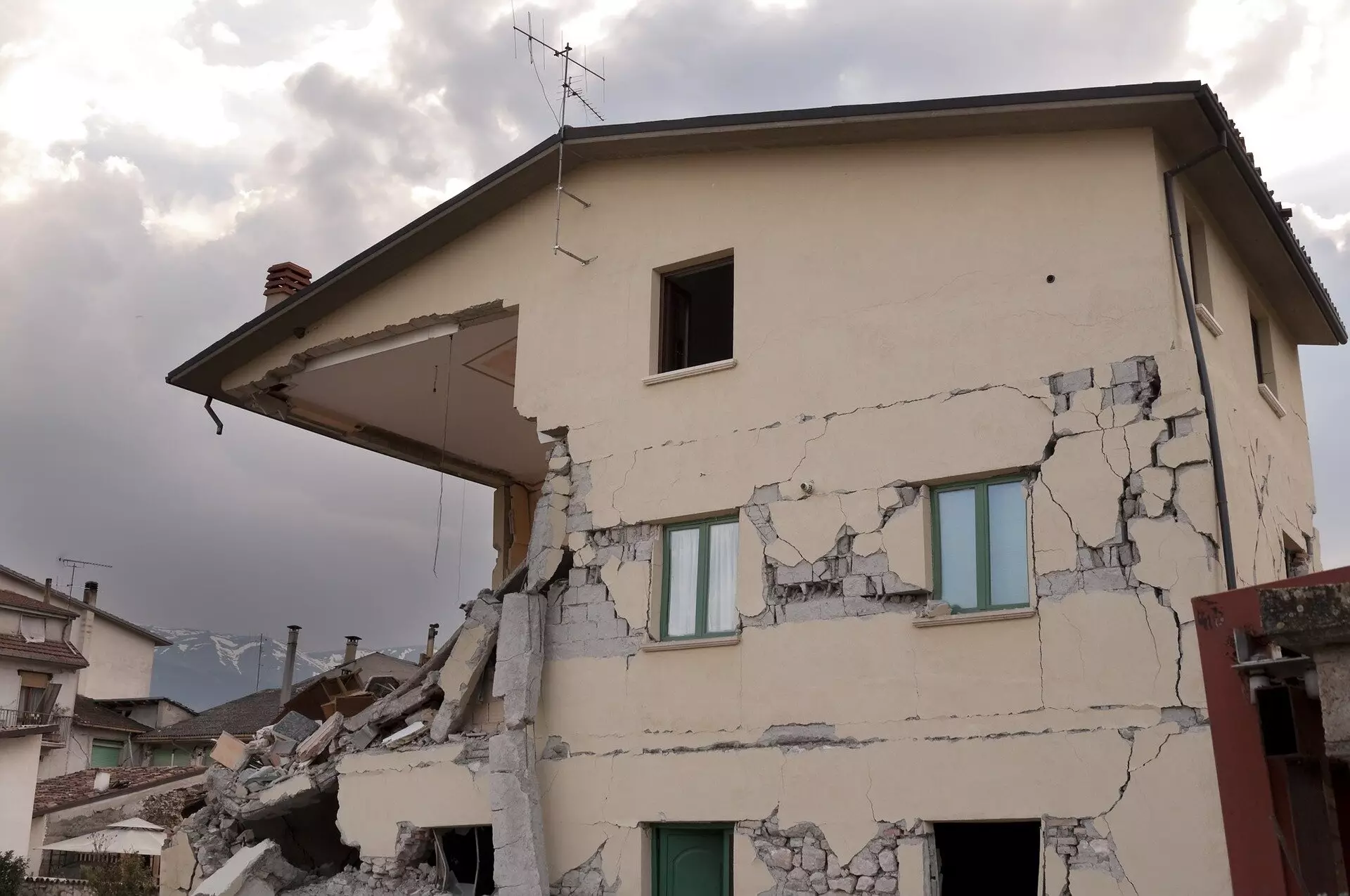The seismic landscape is a complex and dynamic system where significant earthquakes are often accompanied by a series of aftershocks. While these aftershocks garner much of the attention, they represent just a portion of the intricate processes that occur during and after a seismic event. Less frequently discussed are the phenomena leading up to major earthquakes, notably the increase in earthquake activity—referred to as the precursory scale increase (PSI). This phenomenon unveils a critical window of opportunity for scientists to better understand and predict large-scale seismic events.
The PSI framework highlights a notable escalation in both the frequency and magnitude of earthquakes within a specified precursory area prior to a significant seismic event. This advance knowledge includes critical variables such as precursor time and magnitude, which can aid in forecasting upcoming large earthquakes. A model known as EEPAS (Every Earthquake a Precursor According to Scale) strives to leverage these statistical relationships to provide medium-term predictions—ranging from months to decades—based on the interplay of these precursor variables. EEPAS has gained traction, particularly in New Zealand, where it plays a pivotal role in public earthquake forecasting and informs the National Seismic Hazard Model.
Despite its importance, the analysis of precursory scale increases has faced challenges. Until recently, identifying PSI has relied on a complex and manual detection process, which may explain the limited research surrounding the topic. However, innovative approaches are surfacing. Recent studies have suggested that several PSI identifications could emerge for a given earthquake, with smaller precursory areas linked to extended precursor times and vice versa, indicating a need for a more nuanced examination of these dynamics.
To address past limitations, new algorithms have emerged that systematically detect PSI in earthquake catalogs. These algorithms have been tested on both real earthquake data and simulated datasets grounded in the known physics of seismic activities. Remarkably, they have shown success in revealing diverse PSI configurations associated with major earthquakes, characterized by varying precursor times, areas, and magnitudes. Preliminary findings suggest that an equitable balance exists between the temporal and spatial dimensions of these precursors, reinforcing the validity of the original subjective identification methods used in building the EEPAS model.
Leading this groundbreaking research is Dr. Annemarie Christophersen from GNS Science, who emphasizes the importance of these findings in enhancing our comprehension of earthquake activity. She states, “Our work is critical to advance our understanding of how earthquake activity builds up towards a large earthquake.” The integration of these new insights into the EEPAS model marks a significant step forward. Improved forecasting capabilities carry profound implications for public safety and disaster preparedness, reinforcing the importance of continuous research in this vital field.
The exploration of precursory scale increases represents a significant leap in our understanding of earthquakes, pushing the boundaries of what is possible in seismic forecasting. As researchers continue to develop sophisticated algorithms and refine their models, the hope for more accurate predictions becomes a tangible reality, ultimately benefiting communities at risk from future seismic events.

